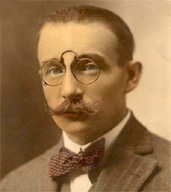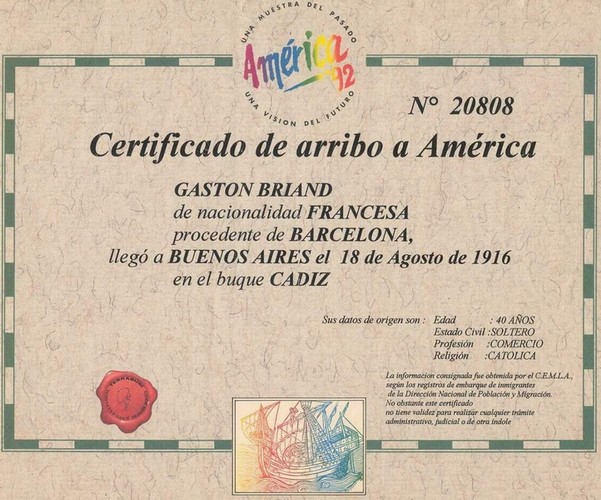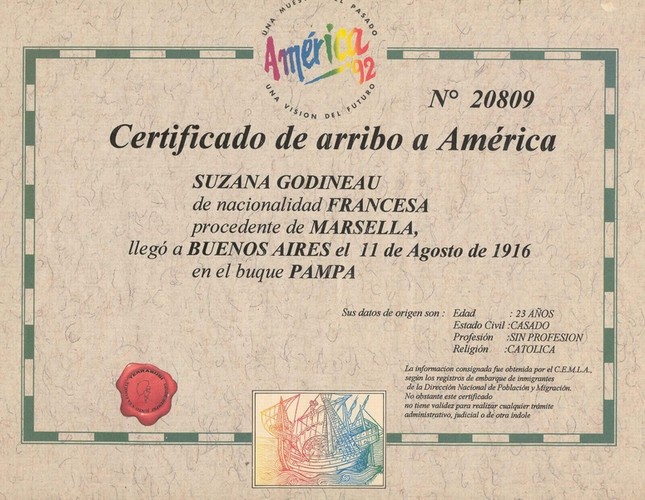In 1916 the world was convulsed by the Great War - as it was called The World War I at that age- and Buenos Aires lived a relaxed prosperity. Europe already had lost
more of a million soldiers in the war, and the Germans decided that year to attack Verdun, in the northeast of France, which was a long and bloody battle. In France women worked in the factories, in the ways, in
the harbors. My grandmother Suzanne, in fact, had to go to work at a factory of howitzers in Paris, what left her burns in her arms that never got erased.
Meanwhile, in that year, Hipˇlito Yrigoyen assumes the presidency in Argentina and declares the country as neutral in front to the world-wide conflict. Argentina had been developed quickly at the beginning of XX
Century and the wage of an industrial laborer in Buenos Aires was superior to those of the United States. In those circumstances, European immigration towards Argentina was one of the greater ones than we can
find registered in history.








